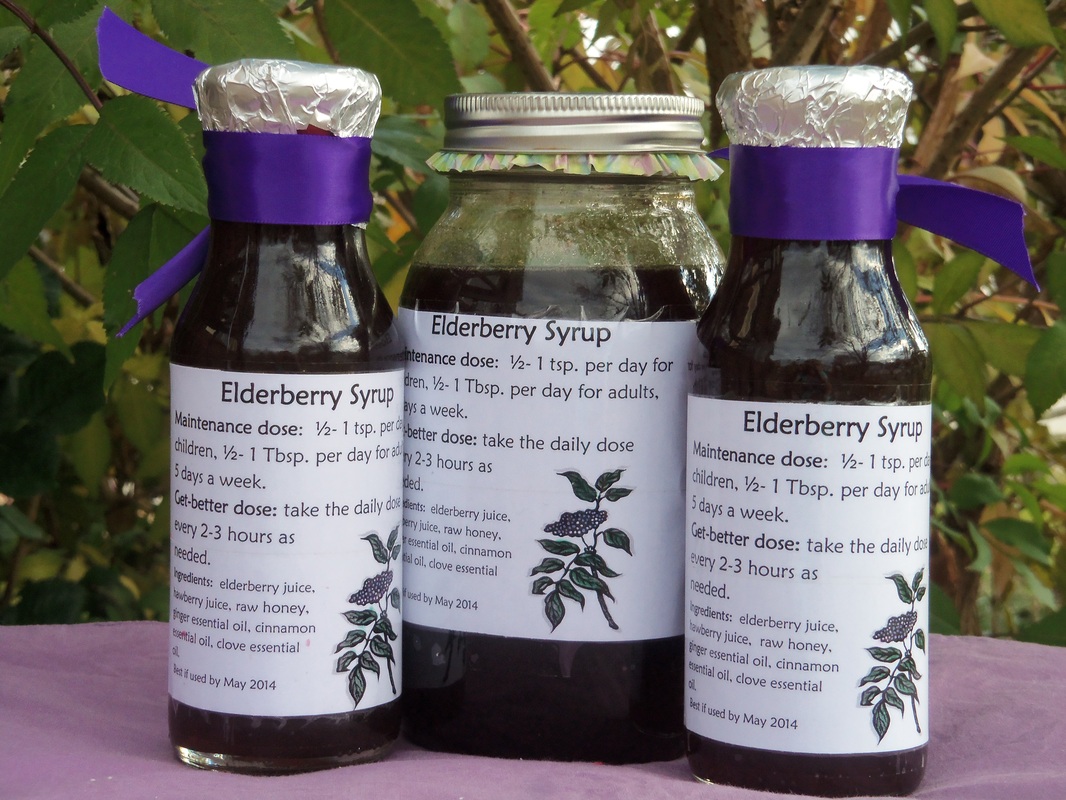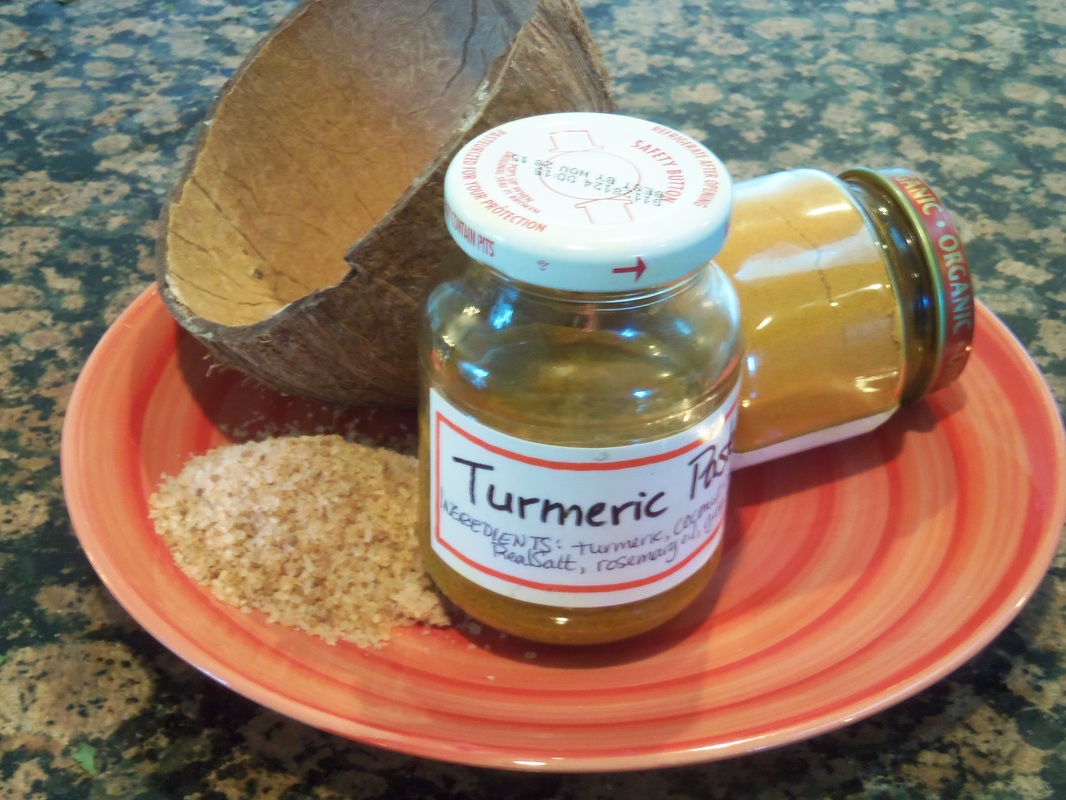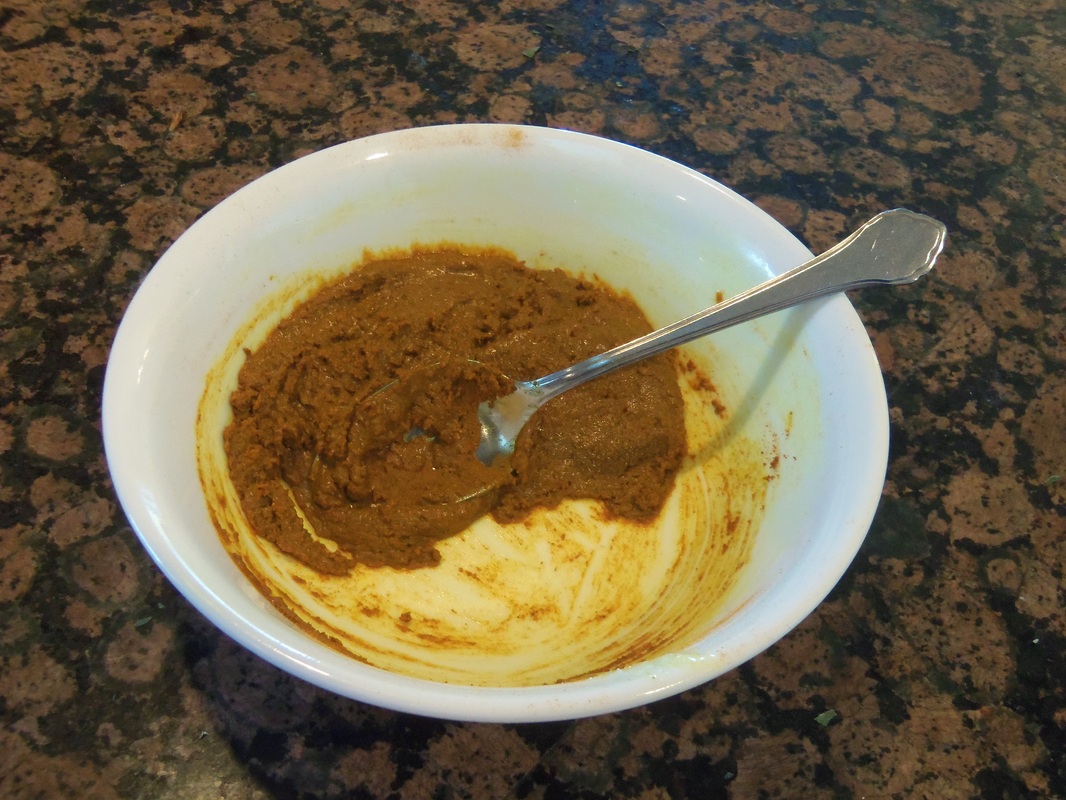This recipe was adapted from Traci's Transformational Health Principles by Traci J. Sellers
Vegetable Broth Powder (makes about 1 1/2 cups)
1 cup Nutritional Yeast (to make your own, see here)
1/4 cup RealSalt (or Himalayan salt; something with those trace minerals)
1 Tbsp. onion powder (see how to make your own, here)
1 1/2 tsp. turmeric
1 1/2 tsp. dried parsley
1 tsp. dried dill weed
1 tsp. marjoram or oregano, optional
1 tsp. dried lemon peel, optional
1/2 tsp. celery seed
1/2 tsp. dry basil
1/2 tsp. ground thyme
Put everything except parsley in a blender or food processor, in the order given. Blend until
powdered. Add parsley, pulse just enough to chop it a little bit (you're aiming for small bits). Store in an airtight container indefinitely.
To use, add a heaping 1/2 tsp. per cup of water, or 1 Tbsp. of powder for every quart of water.










 RSS Feed
RSS Feed